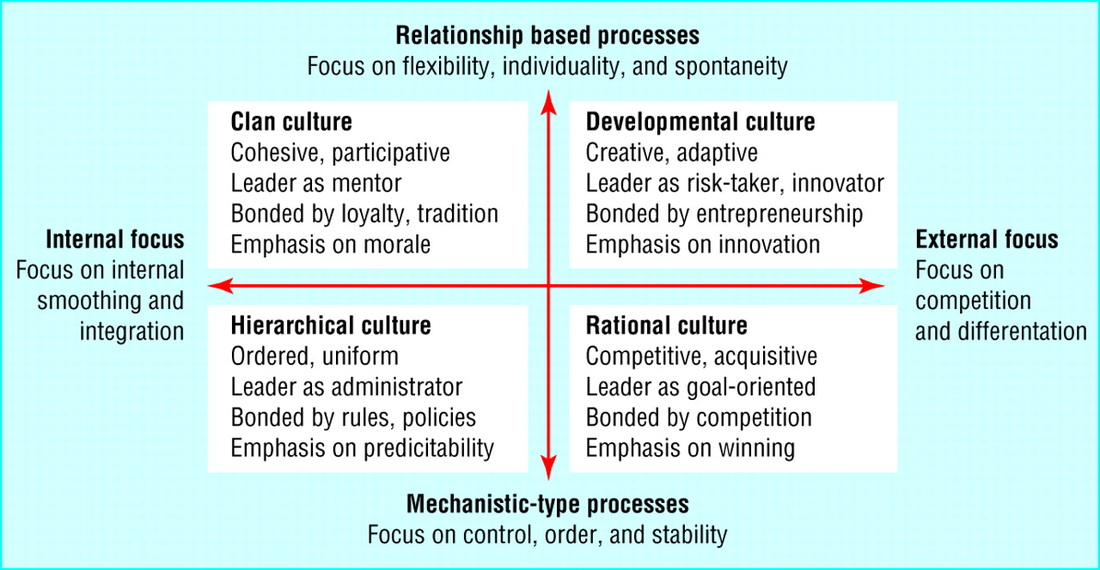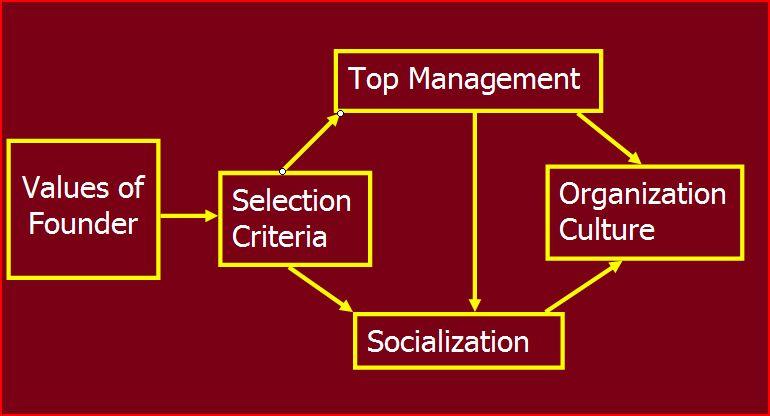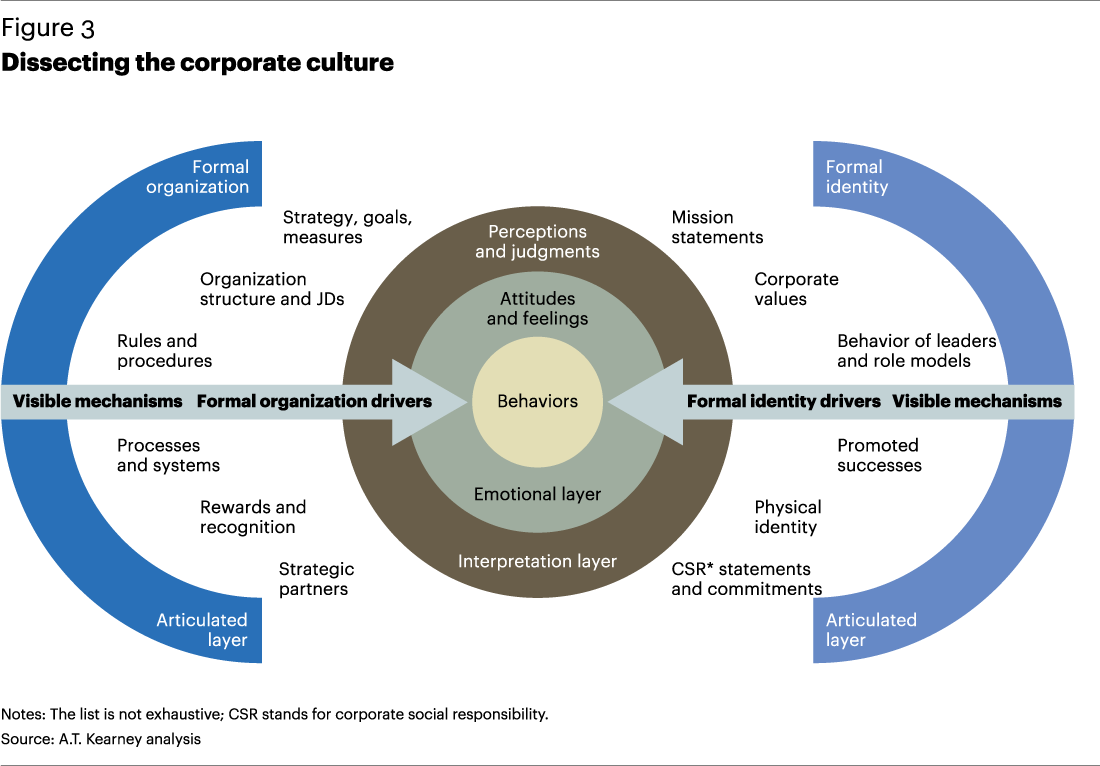Change and Culture
|
Change and Culture are two very important concepts today. The world we work in and around us is rapidly changing, and major events like COVID19 can accelerate that change. It is critical for everyone who wants to have success, not only accept change but embrace it and be a leader of change.
Managing Organizational Change with Professor John R. Fugazzie |
Culture is also something you must learn about the organization you are looking to work for as it must be a fit for your values and expectations. Organizations also only want to hire people who embrace their organizational culture. spend some of your research time making sure you understand the culture of an organization you plan on joining. A bad fit will not end well for anyone. Leading Cultural Diverse Workplace Professor John R. Fugazzie
Changing the culture of an organization is a complex process that requires a strategic and inclusive approach. Here are some key steps to consider:
- Understand the Current Culture: Start by assessing the existing culture. This involves gathering feedback from employees at all levels to understand their perceptions and experiences. Tools like surveys, interviews, and focus groups can be helpful.
- Define the Desired Culture: Clearly articulate what the new culture should look like. This includes identifying core values, behaviors, and practices that align with the organization's goals and mission.
- Develop a Change Plan: Create a detailed plan that outlines the steps needed to transition from the current culture to the desired one. This plan should include specific actions, timelines, and responsible parties.
- Engage Leadership: Leaders play a crucial role in driving cultural change. They need to model the desired behaviors and actively support the change process. Their commitment can inspire and motivate others.
- Communicate Effectively: Open and transparent communication is essential. Keep employees informed about the reasons for the change, the benefits, and the progress being made. Use multiple channels to reach everyone.
- Empower Employees: Involve employees in the change process. Encourage them to take ownership and contribute ideas. This can create a sense of belonging and commitment to the new culture.
- Reinforce Changes: Use formal mechanisms like policies, procedures, and reward systems to reinforce the new culture. Recognize and celebrate small wins to maintain momentum.
- Monitor and Adjust: Continuously monitor the progress of the cultural change. Be prepared to make adjustments as needed based on feedback and changing circumstances
Change
Preparing employees for change is crucial for a smooth transition and maintaining morale. Here are some effective strategies:
- Communicate Clearly and Early: Start by explaining the reasons for the change, the benefits it will bring, and how it will impact everyone. Clear, transparent communication helps reduce uncertainty and builds trust
- Involve Employees in the Process: Engage employees in planning and decision-making. This can increase their sense of ownership and reduce resistance
- Provide Training and Resources: Ensure employees have the necessary skills and knowledge to adapt to the change. Offer training sessions, workshops, and resources to support them
- Address Concerns and Feedback: Create open channels for employees to express their concerns and provide feedback. Addressing these concerns promptly can help alleviate anxiety and resistance
- Lead by Example: Leaders should model the behaviors and attitudes they expect from their teams. Demonstrating commitment to the change can inspire employees to follow suit
- Celebrate Milestones: Recognize and celebrate small wins and milestones throughout the change process. This helps maintain motivation and shows progress
- Provide Continuous Support: Change can be challenging, so ongoing support is essential. Regular check-ins, one-on-one meetings, and coaching can help employees navigate the transition.
Articles on Organizational Culture
Five Elements of Building an Organizational Culture
- Teach It. The more—and more effectively—we teach people what we are looking for in our culture, …
- Define It. If you have a number of leaders running your organization, you may not immediately …
- Live It. Culture is very little about what we say, and very much about what we do. If we don’t live …
- Measure It. Once we’ve identified the key elements of our desired culture and written them down, …
Real Success Starts with Real Expectations 99U
How Successful People Spend Their Weekends Forbes
10 Principles of Organizational Culturehttps://www.strategy-business.com/article/10-Principles-of...
- Work with and within your current cultural situations. Deeply embedded cultures cannot be …
- Change behaviors, and mind-sets will follow. It is a commonly held view that behavioral change …
- Focus on a critical few behaviors. Conventional wisdom advocates a comprehensive approach — …
- Deploy your authentic informal leaders. Authority, which is conferred by a formal position, should …
Organizational culture encompasses values and behaviors that "contribute to the unique social and psychological environment of a business.
The organizational culture influences the way people interact, the context within which knowledge is created, the resistance they will have towards certain changes, and ultimately the way they share (or the way they do not share) knowledge.
Organizational culture represents the collective values, beliefs and principles of organizational members and is a product of factors such as history, product, market, technology, strategy, type of employees, management style, and national culture; culture includes the organization's vision, values, norms, systems, symbols, language, assumptions, environment, location, beliefs and habits.
Rosauer outlines the three manageable ingredients which (he claims) guide business culture:
The organizational culture influences the way people interact, the context within which knowledge is created, the resistance they will have towards certain changes, and ultimately the way they share (or the way they do not share) knowledge.
Organizational culture represents the collective values, beliefs and principles of organizational members and is a product of factors such as history, product, market, technology, strategy, type of employees, management style, and national culture; culture includes the organization's vision, values, norms, systems, symbols, language, assumptions, environment, location, beliefs and habits.
Rosauer outlines the three manageable ingredients which (he claims) guide business culture:
- employee (focus on engagement)
- the work (focus on eliminating waste increasing value) waste
- the customer (focus on likelihood of referral)
Change Management
Change management is an approach to transitioning individuals, teams, and organizations to a desired future state. In a project management context, change management may refer to a project management process wherein changes to the scope of a project are formally introduced and approved.
Did You Know 2014 Interesting facts about Digital World and Information Technology (IT) evolution and the changes in society. https://youtu.be/XrJjfDUzD7M 7:30 minutes
In today's global environment there is considerable pressure on businesses to do more with less. Companies are looking for trustworthy talent at competitive rates, while wanting to create a flexible workforce that will allow them to scale up and down as needed. http://tinyurl.com/y4qvwb6 6:15 minutes
Meanwhile, workers around the world are seeking new ways to leverage their existing. Economist Andrew McAfee suggests that, yes, probably, droids will take our jobs -- or at least the kinds of jobs we know now. In this far-seeing talk, he thinks through what future jobs might look like, and how to educate coming generations to hold them. What will future jobs look like? https://youtu.be/cXQrbxD9_Ng 14:25 minutes
In today's global environment there is considerable pressure on businesses to do more with less. Companies are looking for trustworthy talent at competitive rates, while wanting to create a flexible workforce that will allow them to scale up and down as needed. http://tinyurl.com/y4qvwb6 6:15 minutes
Meanwhile, workers around the world are seeking new ways to leverage their existing. Economist Andrew McAfee suggests that, yes, probably, droids will take our jobs -- or at least the kinds of jobs we know now. In this far-seeing talk, he thinks through what future jobs might look like, and how to educate coming generations to hold them. What will future jobs look like? https://youtu.be/cXQrbxD9_Ng 14:25 minutes
Managing Change:
The job market and the process to find jobs has greatly evolved and changed over the past 5 10 to 15 years. You must understand the dynamics of today’s job search market and not just apply old techniques to your new job search campaign. The economy is very different and the way companies are bottom line short term focused is a factor you need to understand and have a strategy to deal with it.
The stress of this process is very intense and you need to manage that so you can be effective in all your interactions with key players in your efforts to landing your new job.
Technology, globalization and changes in corporate cultures and financial focus has changed the job market forever. The shift of jobs from full time with benefits to temporary and contract is a trend that is growing and continuing to grow. You cannot ignore this as a way back to work. For many this could be the perfect time to start your own business and sell your years of expertise you have accumulated and used in your corporate life.
The past several years have seen the emergence of several forces that are changing industries and organizations at an accelerating pace. From technology disruptions and globalization to the changing expectations of the incoming workforce to a sometimes bewildering series of mergers and acquisitions, the demands of constant change have become ubiquitous for many organizations.
In response, many organizations have formalized change management, the management of change and development within a business or similar organization, in order to increase the likelihood of success. In addition, new collaboration and learning technologies are creating opportunities for leveraging Learning & Development (L&D) earlier in the change process to educate employees about change, build buy-in and prepare employees for the change to come.
Stress Management
Scientists tell us that uncertainty is stressful because it keeps people in a constant state of heightened awareness. The human body performs best when it has some idea of what to expect. When it's kept guessing, it can never settle down to an optimally effective strategy for action. During your transition, you may experience what is often referred to an "Emotional Roller Coaster," based on how you view your situation at any particular moment in time.
Advise that some may not actually get on this roller coaster. Others ride it through one time and jump off at relief. Still others may find they move back and forth through these emotions.
Emotions are an inherent part of change and transition. They cannot be skipped and should not be stuffed. Creativity and growth are also part of this process.
Stress management is within the control of the participant. Accepting responsibility for self-management is the first step in regaining a sense of control overall.
Difficult situations become easier when we talk about them and practice dealing with them. Such practice prepares the participant to handle any situation which may occur.
The job market and the process to find jobs has greatly evolved and changed over the past 5 10 to 15 years. You must understand the dynamics of today’s job search market and not just apply old techniques to your new job search campaign. The economy is very different and the way companies are bottom line short term focused is a factor you need to understand and have a strategy to deal with it.
The stress of this process is very intense and you need to manage that so you can be effective in all your interactions with key players in your efforts to landing your new job.
Technology, globalization and changes in corporate cultures and financial focus has changed the job market forever. The shift of jobs from full time with benefits to temporary and contract is a trend that is growing and continuing to grow. You cannot ignore this as a way back to work. For many this could be the perfect time to start your own business and sell your years of expertise you have accumulated and used in your corporate life.
The past several years have seen the emergence of several forces that are changing industries and organizations at an accelerating pace. From technology disruptions and globalization to the changing expectations of the incoming workforce to a sometimes bewildering series of mergers and acquisitions, the demands of constant change have become ubiquitous for many organizations.
In response, many organizations have formalized change management, the management of change and development within a business or similar organization, in order to increase the likelihood of success. In addition, new collaboration and learning technologies are creating opportunities for leveraging Learning & Development (L&D) earlier in the change process to educate employees about change, build buy-in and prepare employees for the change to come.
Stress Management
Scientists tell us that uncertainty is stressful because it keeps people in a constant state of heightened awareness. The human body performs best when it has some idea of what to expect. When it's kept guessing, it can never settle down to an optimally effective strategy for action. During your transition, you may experience what is often referred to an "Emotional Roller Coaster," based on how you view your situation at any particular moment in time.
Advise that some may not actually get on this roller coaster. Others ride it through one time and jump off at relief. Still others may find they move back and forth through these emotions.
Emotions are an inherent part of change and transition. They cannot be skipped and should not be stuffed. Creativity and growth are also part of this process.
Stress management is within the control of the participant. Accepting responsibility for self-management is the first step in regaining a sense of control overall.
Difficult situations become easier when we talk about them and practice dealing with them. Such practice prepares the participant to handle any situation which may occur.
Success Culture
Organizations that are successful and well led develop a culture of success. People want to invest themselves in organizations that are successful and who have a purpose and vision that is consistent with those who work for it.
Organization Culture
Organizational culture is the behavior of humans within an organization and the meaning that people attach to those behaviors. According to Needle, organizational culture represents the collective values, beliefs and principles of organizational members and is a product of such factors as history, product, market, technology, and strategy, type of employees, management style, and national culture. Culture includes the organization's vision, values, norms, systems, symbols, language, assumptions, beliefs, and habits.
Ravasi and Schultz wrote that organizational culture is a set of shared assumptions that guide what happens in organizations by defining appropriate behavior for various situations. It is also the pattern of such collective behaviors and assumptions that are taught to new organizational members as a way of perceiving and, even, thinking and feeling. Thus, organizational culture affects the way people and groups interact with each other, with clients, and with stakeholders. In addition, organizational culture may affect how much employees identify with an organization.
Ravasi and Schultz wrote that organizational culture is a set of shared assumptions that guide what happens in organizations by defining appropriate behavior for various situations. It is also the pattern of such collective behaviors and assumptions that are taught to new organizational members as a way of perceiving and, even, thinking and feeling. Thus, organizational culture affects the way people and groups interact with each other, with clients, and with stakeholders. In addition, organizational culture may affect how much employees identify with an organization.





















